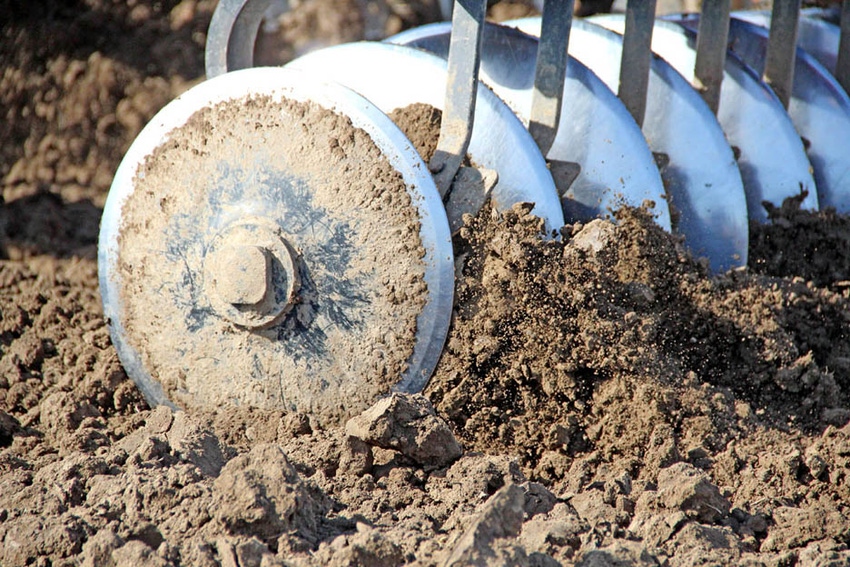April 4, 2013

Changes in agricultural practices could reduce soil emissions of the greenhouse gas nitrous oxide and the atmospheric pollutant nitric oxide, according to a new study by scientists at UC Davis.
“Agriculture is the main source of nitrous oxide globally, so this study is a starting point to help us understand how to manage and control it,” said UC Davis professor of soil biogeochemistry William Horwath, whose lab conducted the study. Horwath holds the J.G. Boswell Endowed Chair in Soil Science at UC Davis. The work was published in the journal Proceedings of the National Academy of Sciences.
The study was an effort to understand the sources of nitrous oxide and nitric oxide by different microbial processes, especially following the application of certain fertilizer nitrogen types.
Previous studies assumed that nitrous oxide production through ammonia oxidation occurs mainly when there is abundant oxygen in soils.
However, by manipulating oxygen levels and using isotopic analysis, the researchers found the reverse: The amount of nitrous oxide increased through this process when oxygen was extremely limited.
In their paper, the authors said their results imply that management practices such as fertilizer choice affect how much nitrous oxide is released. Specifically, to reduce nitrous oxide emissions, fertilizer applications of urea should be avoided in soils where oxygen is limited, they wrote.
(See Fertilizer use coming under increased scrutiny)
On the other hand, practices that increase soil aeration, reduce compaction, and enhance soil structure using organic matter could decrease nitrous oxide emissions from agricultural soils. Using nitrification inhibitors could help, as well.
“The results of this study will change the way we think about the source of nitrous oxide from soil,” Horwath said. “It will help researchers and people making fertilizer recommendations begin to understand that they need to consider different soil processes more explicitly.”
The study’s other co-authors include lead author Xia Zhu of the UC Davis Department of Land, Air and Water Resources, and the Chinese Academy of Sciences; and UC Davis Department of Land, Air and Water Resources researchers Martin Burger and Timothy Doane. Funding for the study was provided through the J.G. Boswell Endowed Chair in Soil Science at UC Davis.
More from Western Farm Press
Fire ant balls can wreak havoc
Roadkill a recipe of the bizarre and unexpected
You May Also Like




